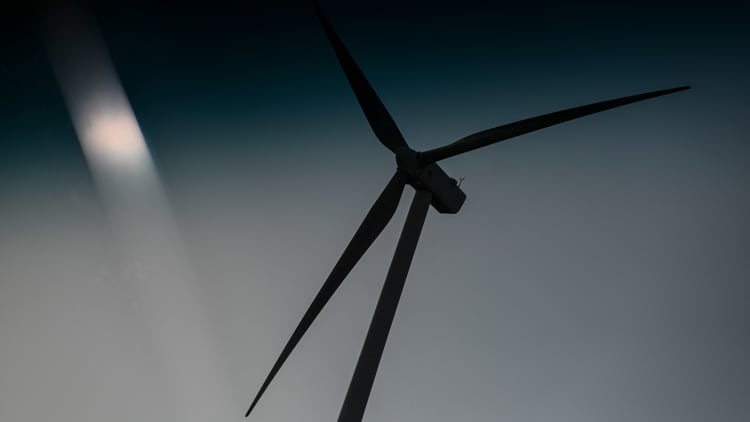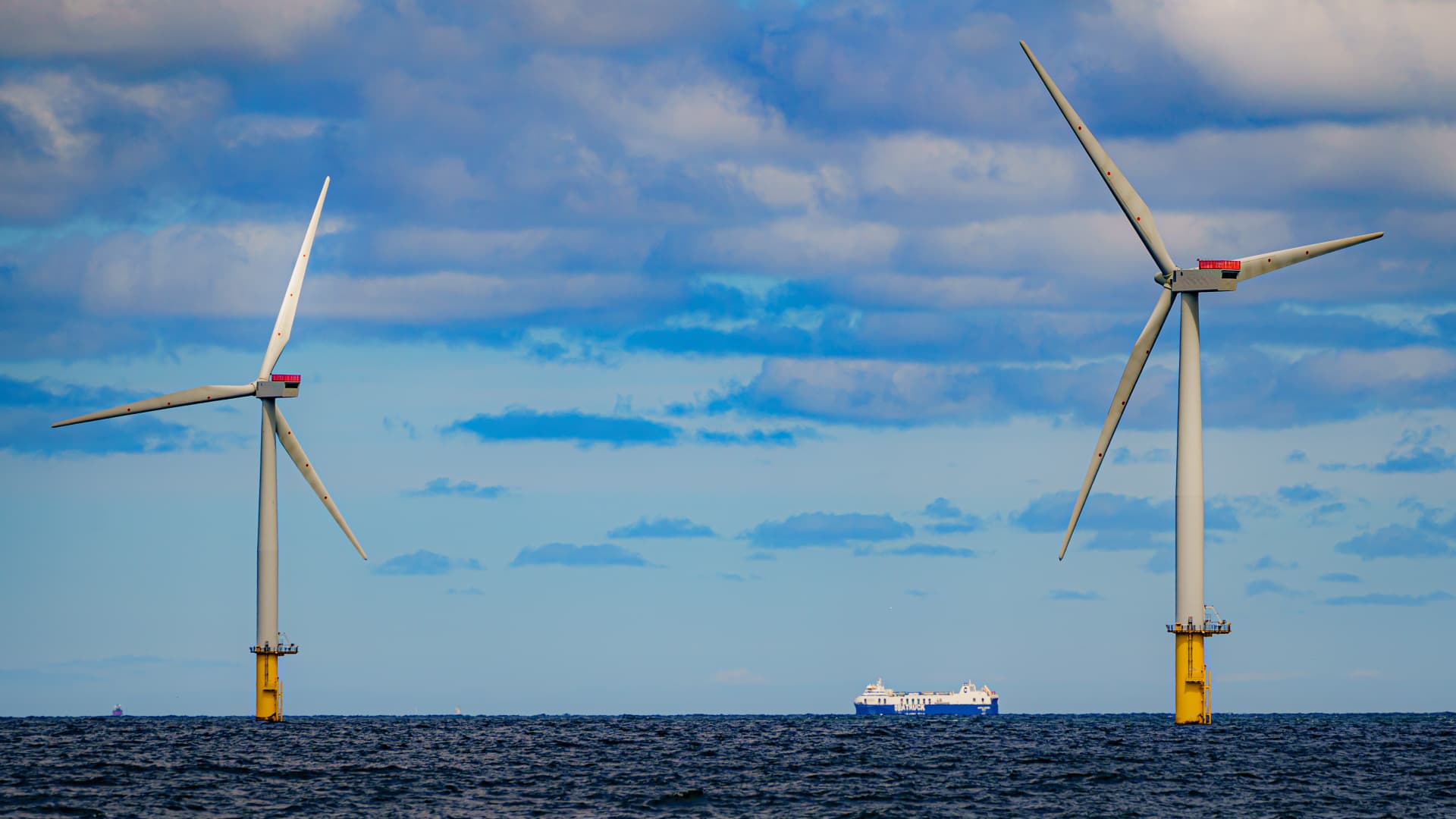The planet appears to be at a major crossroads when it comes to meeting climate-related goals.
Discussions about how to mitigate the effects of climate change are closely tied to the energy transition, which can broadly be seen as a plan to shift away from fossil fuels to a system in which renewables dominate.
It’s difficult to predict how the transition will pan out, given that it depends on a complex combination of factors, such as technology, finance and international cooperation.
The topic was covered in detail during a recent panel discussion moderated by CNBC’s Steve Sedgwick.
“We need to get electrification going faster,” said Angela Wilkinson, the secretary general and CEO of the London-based World Energy Council.
“We want it to be more renewable-powered electrification,” she added, before acknowledging that a huge amount of work will be needed.
“We can’t let perfection be the enemy of the good in this, right? The reality is, to get renewables to scale we’re going to have to have other clean energy friends in the mix, we’re going to have to build multiple clean energy bridges.”
“We’re going to have to have hydrogen [doing the] lifting, we’re going to have to have gas with CCUS [carbon capture, utilization and storage] lifting, we’re going to have to have grid strengthening going on,” Wilkinson said.
The idea of using gas as a “transition” fuel that would bridge the gap between a world dominated by fossil fuels to one where renewables are in the majority is not a new one and has been the source of heated debate for a while now.
Is hydrogen the answer?
In recent years, hydrogen has been touted as a potentially crucial tool in the shift to a net-zero future.
Described by the International Energy Agency as a “versatile energy carrier,” hydrogen has a diverse range of applications and can be used in a wide range of industries.
One method of producing hydrogen involves electrolysis, a process through which an electric current splits water into oxygen and hydrogen.
Some call the resulting hydrogen “green” or “renewable” if the electricity used in the electrolysis process comes from renewable energy installations like wind or solar farms.
Over the past few years, major economies and businesses have looked to the emerging green hydrogen sector to decarbonize industries integral to modern life, although the vast majority of hydrogen generation today is still based on fossil fuels.
In looking at the overall picture, the World Energy Council’s Wilkinson stressed there are no easy answers.
“It’s not that it’s a simple issue of just swapping out one technology for another technology,” she said. “It’s a much more complex challenge than that.”
IPCC concerns
In March, the Intergovernmental Panel on Climate Change published a major report stressing the need for urgent action, with the U.N. secretary general describing it as a “survival guide for humanity.”
In a statement, Antonio Guterres said the report represented a “clarion call to massively fast-track climate efforts by every country and every sector and on every timeframe.”

Those findings loomed large over CNBC’s discussion. As the CEO of an organization established in 1923, the World Energy Council’s Wilkinson sought to contextualize the current debate.
“We started up in an era of energy for peace, we’ve worked through an era of energy for prosperity, and now we’re in this era of energy for people and planet,” she said.
“And it requires not just a change in thinking about what we need to do, it requires a change in thinking about who we need to do it with.”
“So if we’re really going to achieve what the IPCC is asking for, we’ve got to remember the energy transition is happening alongside industrial transitions, it’s happening alongside political transitions.”
Wilkinson also argued that the current era would require collaboration across borders, sectors and generations.





















Discussion about this post